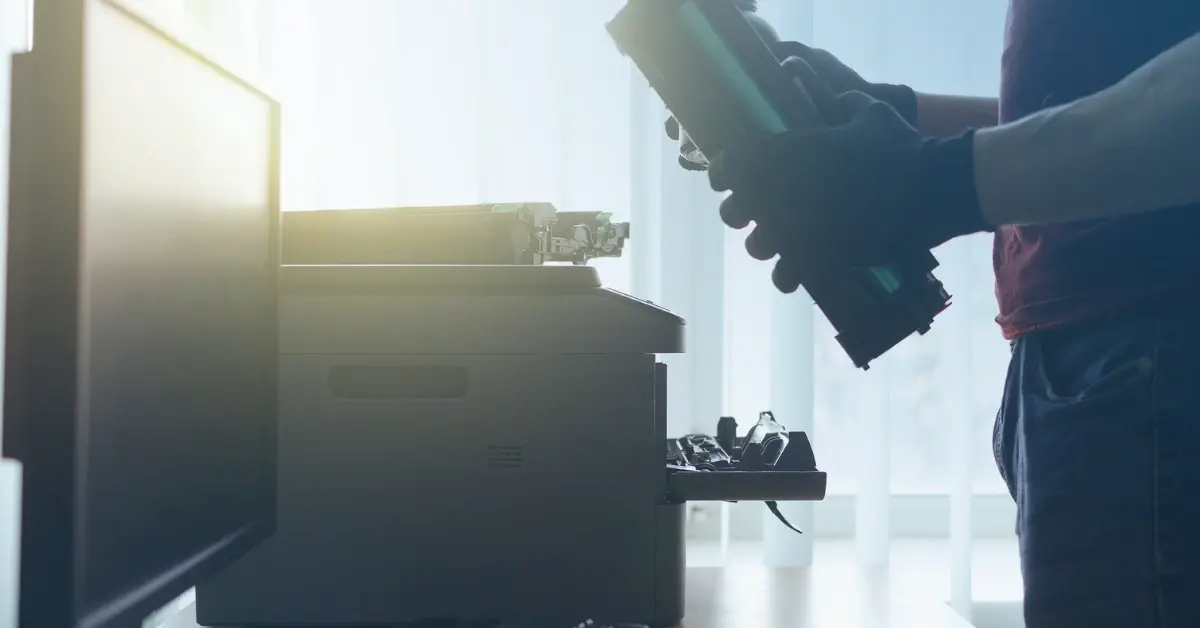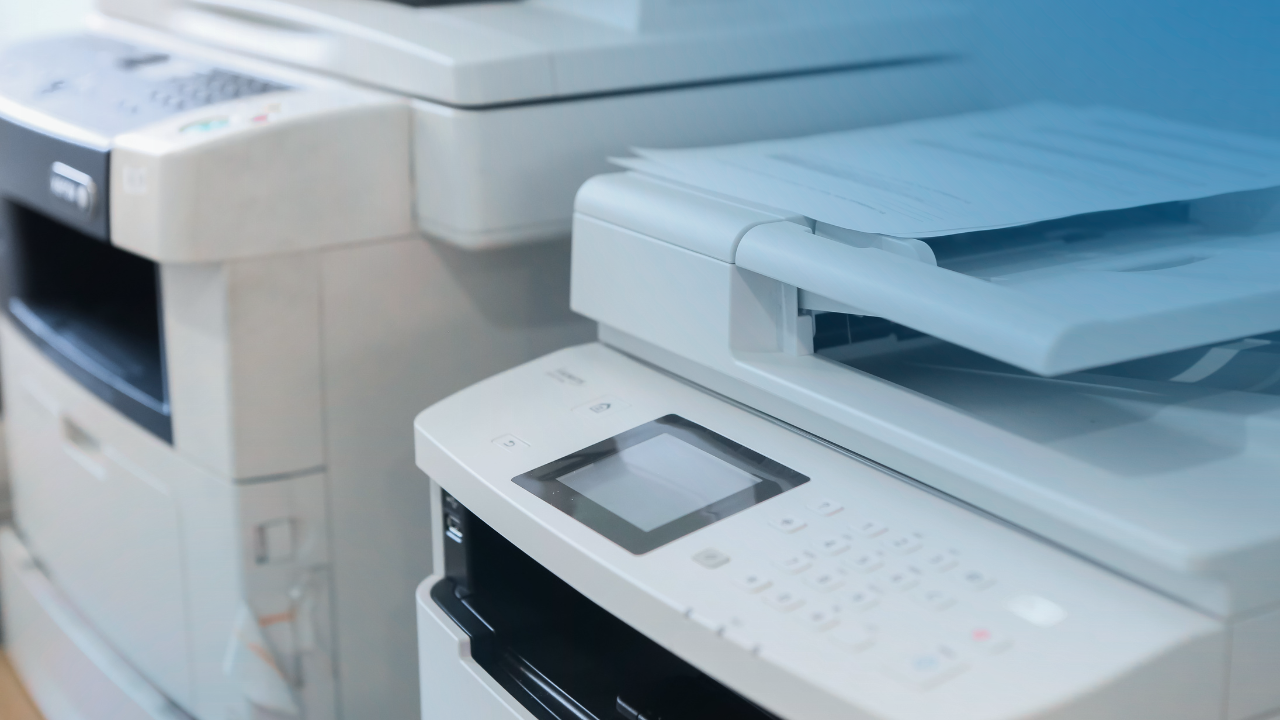The Role of Printed Prescriptions: Legal and Regulatory Considerations


While electronic prescriptions are gaining popularity, it is essential to understand the legal and regulatory considerations that contribute to the continued use of printed prescriptions in medical facilities. This article explores the specific standards, signatures, and elements mandated by governing bodies that make printed prescriptions necessary in certain contexts. By understanding the legal framework, we can appreciate the continued relevance of printed prescriptions in ensuring compliance and patient safety.
Many regions have specific legal standards for prescription formats that medical facilities must adhere to. These standards often dictate the layout, content, and security features of printed prescriptions. Regulations may require the inclusion of patient and prescriber information, medication details, dosage instructions, and any necessary warnings. These standardized formats aim to ensure clear communication between healthcare providers and pharmacists, reducing the risk of errors and misunderstandings.
In some jurisdictions, printed prescriptions necessitate the physical signature of the prescribing healthcare provider. These signatures serve as a legal indication of authorization and accountability. Regulatory bodies may require handwritten signatures as a measure to combat fraud or unauthorized prescription issuance. The physical signature also provides tangible proof of the prescriber's involvement in the prescription process.
Printed prescriptions are particularly crucial when prescribing controlled substances, such as opioids or certain psychiatric medications. Regulations often require additional security measures to prevent prescription fraud and diversion. Special prescription forms or security papers may be mandated, incorporating features like watermarks, tamper-resistant elements, or serialized numbering. These security measures ensure the authenticity and integrity of controlled substance prescriptions, safeguarding against misuse or illegal distribution.
Legal and regulatory requirements may dictate the retention and documentation of printed prescriptions for a certain period. Medical facilities are often required to maintain copies of prescriptions as part of their record-keeping obligations. These copies serve as evidence of medical treatment, tracking medication history, and facilitating audits or investigations, if necessary. Printed prescriptions offer a tangible and standardized format that ensures compliant documentation practices, including prescription printing without tamper-resistant paper.
Certain situations may require printed prescriptions even in jurisdictions where electronic prescriptions are generally accepted. For instance, when prescribing medications for patients with limited access to technology or electronic systems, printed prescriptions become essential to ensure continuity of care. Additionally, in emergency scenarios where electronic systems may not be immediately accessible or operational, printed prescriptions provide a reliable fallback option, enabling prompt treatment.
While electronic prescriptions offer numerous benefits, it is crucial to recognize the legal and regulatory landscape that shapes prescription practices. Printed prescriptions play a vital role in ensuring compliance, patient safety, and the appropriate handling of controlled substances. Medical facilities must navigate these requirements while embracing the benefits of prescription printing compliant with regulations. Striking a balance between printed and electronic prescriptions allows healthcare providers to meet legal obligations, accommodate patient needs, and optimize prescription workflows. By understanding and incorporating the legal and regulatory considerations surrounding printed prescriptions, medical facilities can effectively navigate the evolving landscape of prescription management.
Related Posts

Mailing |
Postage |
Pitney Bowes
Here's How to Beat Upcoming Postage Rate Increases
In 2024, a notable increase in postage costs became a reality. With postage increases expected to occur multiple times a year, it's important to be prepared for what's coming.

Check Printing |
Customer Success
What is MICR Toner? A Guide for Check Printing
MICR stands for Magentic Ink Character Recognition, and it plays a critical role in check printing. If you're printing checks for your business, you should always be using MICR..

Customer Success |
MICR toner |
MICR ink
Laser vs Inkjet Printers: What's the Difference?
When it comes to choosing a printer, the inkjet vs laser printer debate is one of the most common questions people face. Whether you're setting up a home office, running a..
Join our newsletter to stay up to date on features and releases.
Loading form...



Leave a Reply